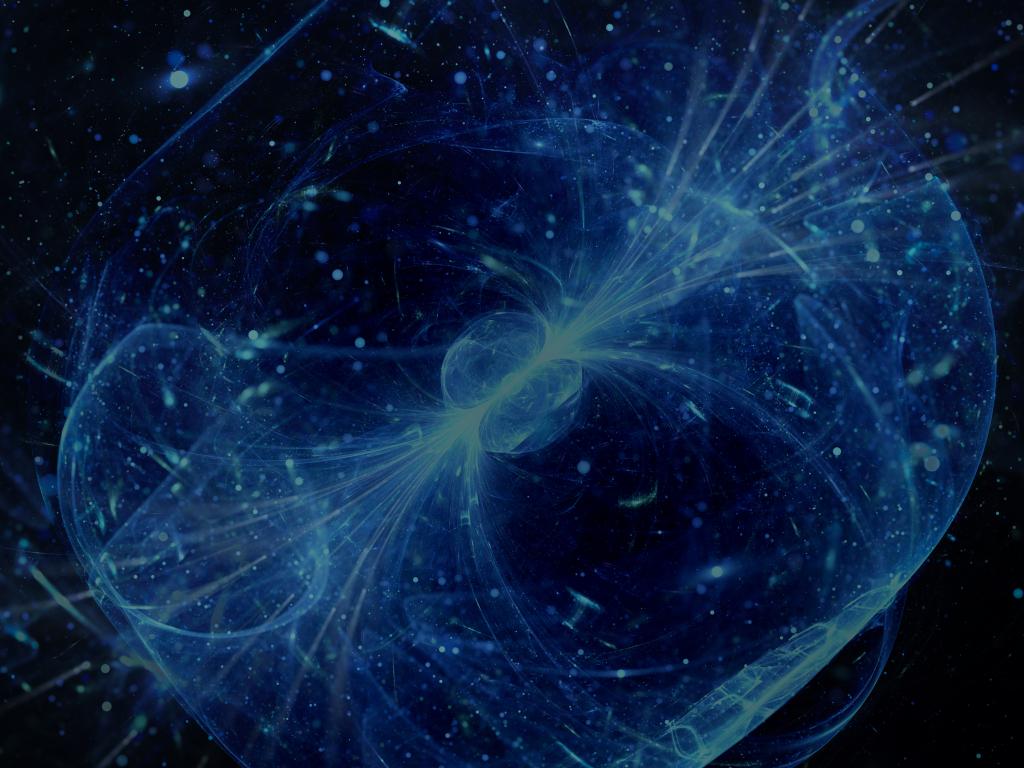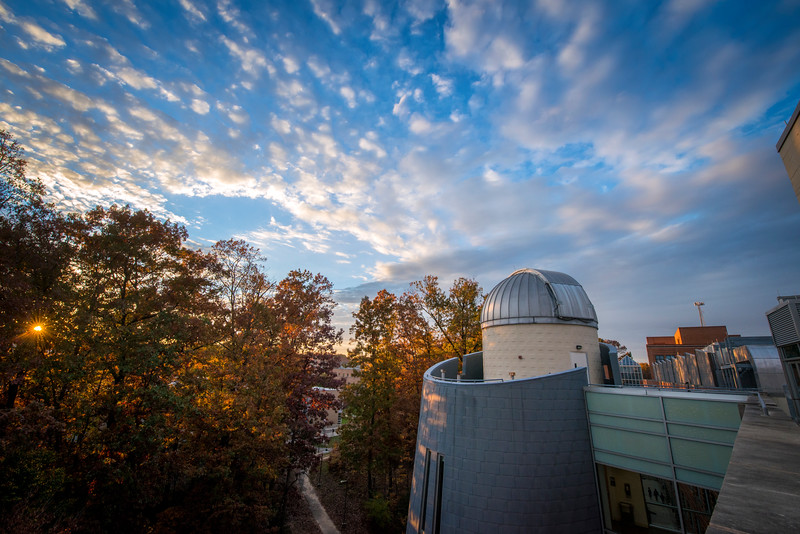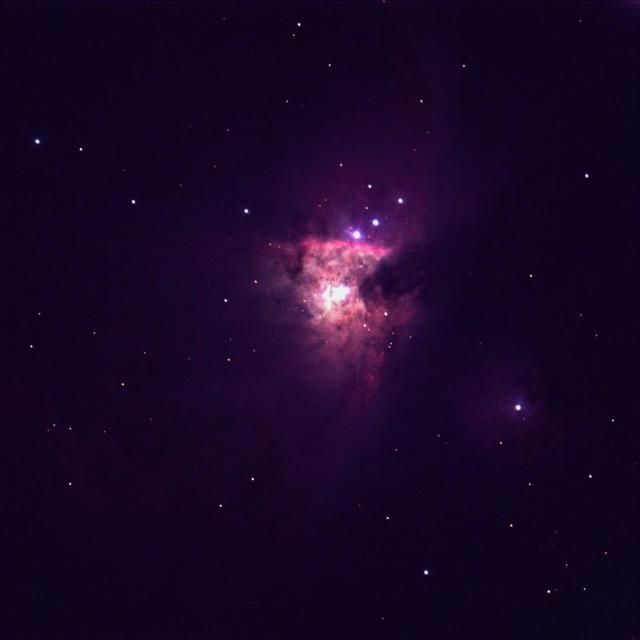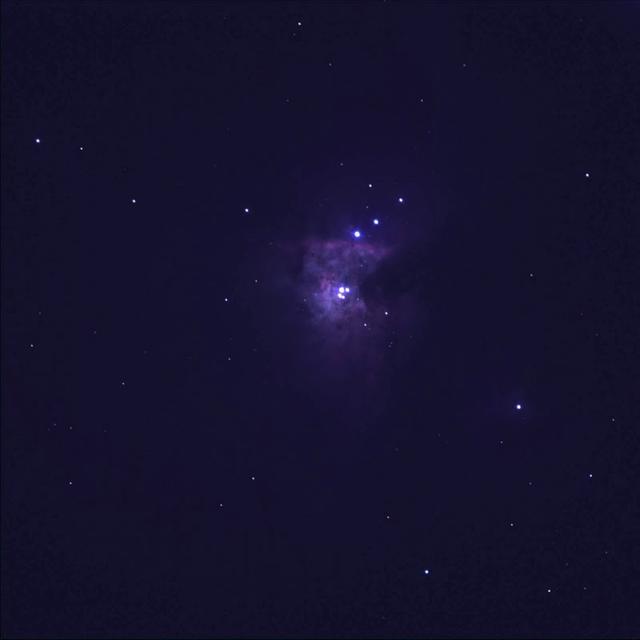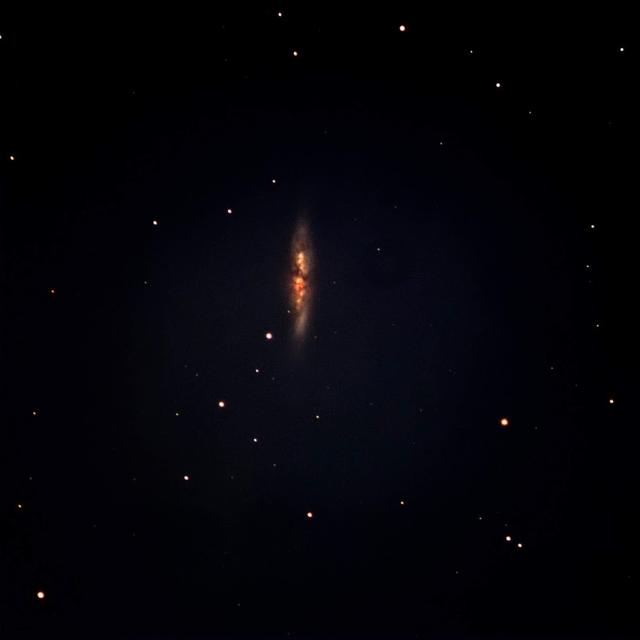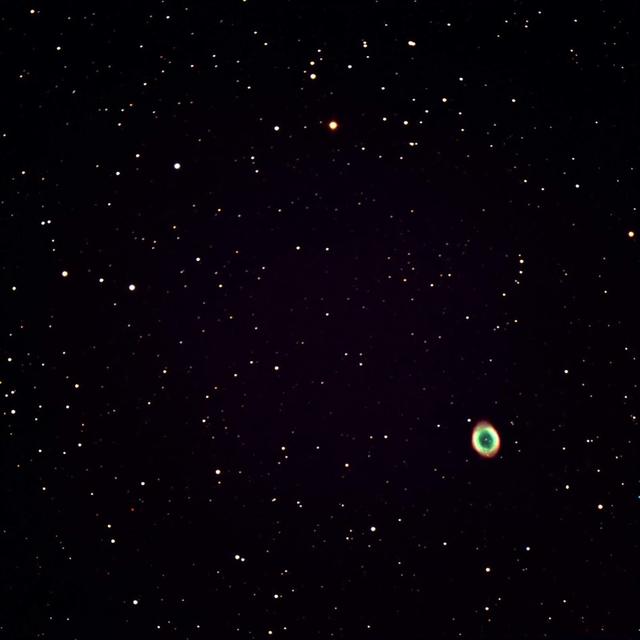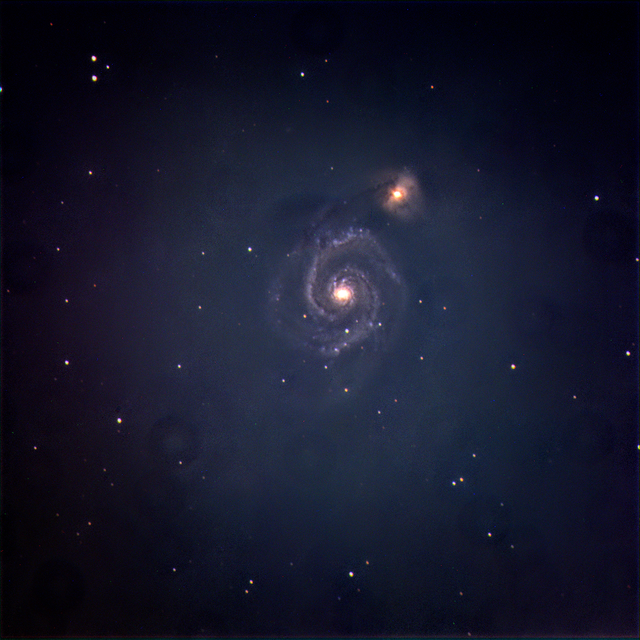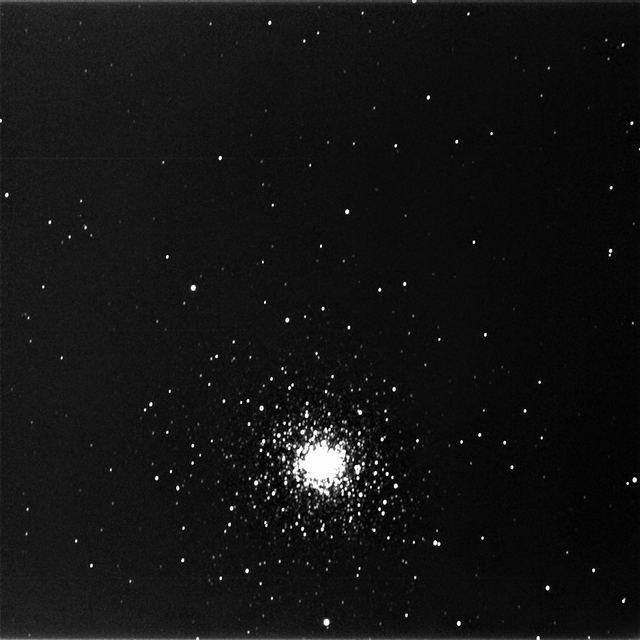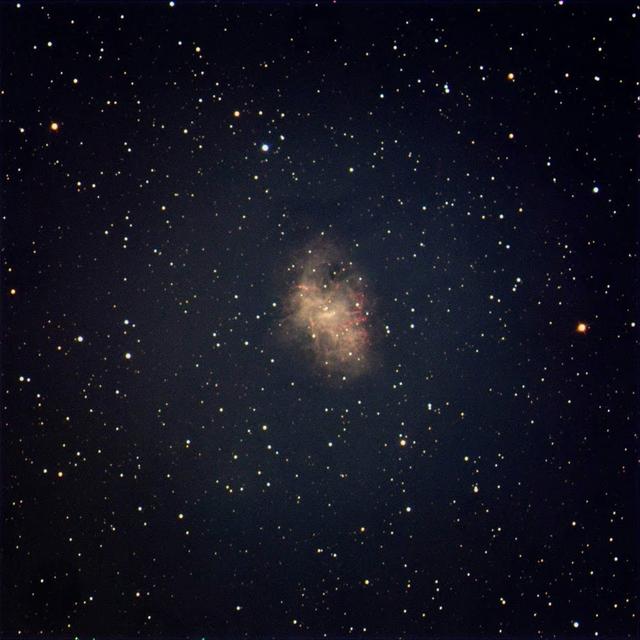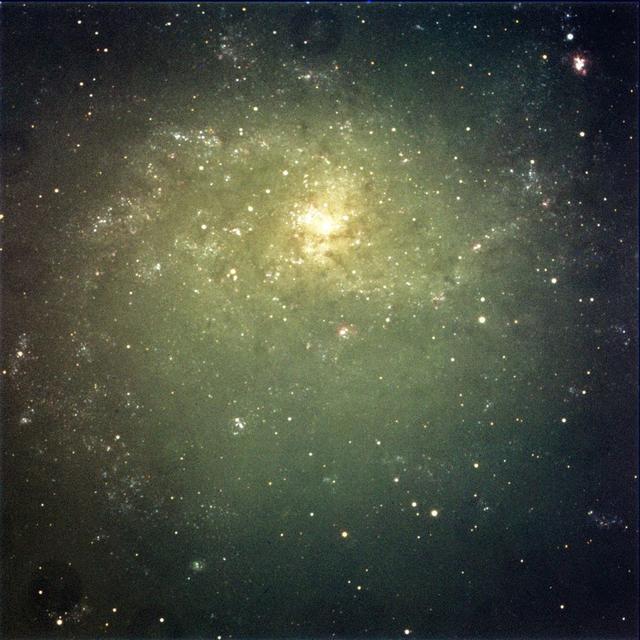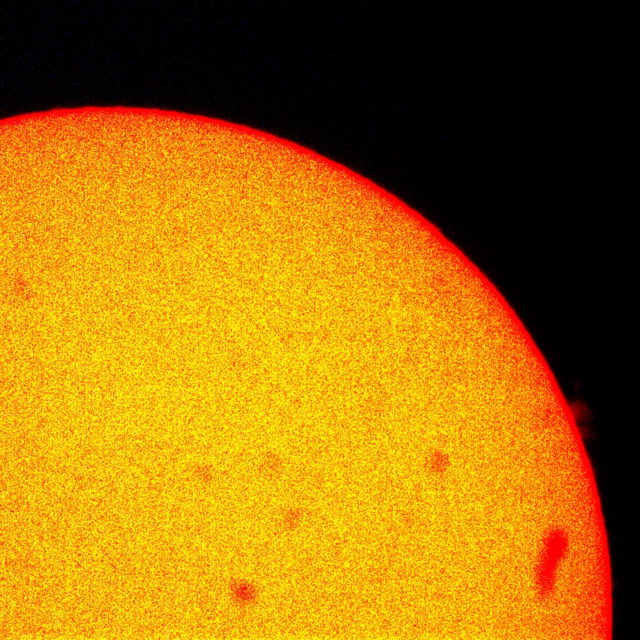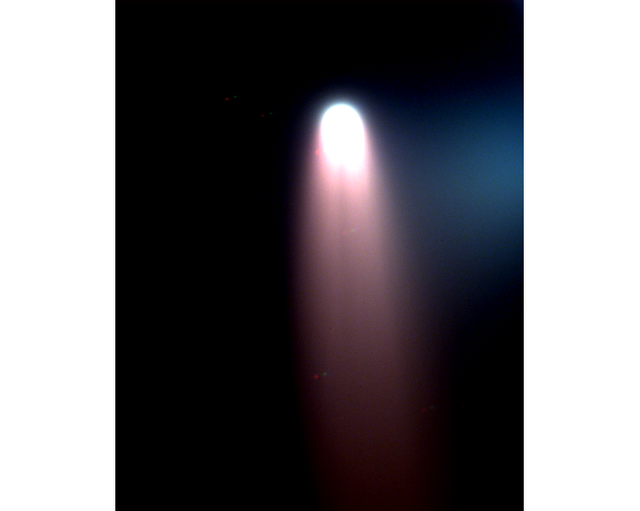George Mason Observatory
Admission CTAs
Main navigation
Section Navigation: Physics and Astronomy Department
George Mason Observatory
- Description
- Reach out to us if you have questions or concerns.
- Phone Number
- Address
Main navigation
Section Navigation: Observatory
For information regarding the following, please visit us at our main homepage:
- Student Visits
- Public Visits
- Archives of the MOON newsletter and Evening Under the Stars recordings
- Joining our Newsletter
- Making a Donation
- and our full Image Gallery
About Our Facility
Many people are unaware that George Mason University once had two astronomy observatories. The first of these observatories officially opened on October 6, 1975, with construction beginning in 1972. Though informally known as the Herschel Observatory by the Department of Physics, this name was never officially adopted. The observatory was built by students John Whalan, Chipper Peterson, and Bob Veenstra, under the supervision of Bill Lankford.
In the fall of 1975, Menas Kafatos took over supervision of the Herschel Observatory. Located in a pig shed adjacent to the Mallory House, across Route 123 from the main campus, the observatory was eventually dismantled to make way for the Field House. A second observatory was then constructed on the athletic fields but was ultimately demolished by 1980 due to vandalism.
For decades, there were plans to establish a new observatory at Mason, with proposed sites including the rooftops of Science and Technology I, Science and Technology II, and Academic IV (now Innovation Hall). In 1982, a petition circulated by Geller, which was received by then-President Johnson, highlighted the need for a new observatory. Despite strong support from faculty like Lankford, Kafatos, Lieb, Ellsworth, Ehrlich, Becker, Wallin, Geller, and Dworzecka, as well as administrators such as Provost Stearns, Vice-Provost Hill, Dean Struppa, and Dean Kafatos, financial constraints continually halted progress.
Today, nearly 40 years later, George Mason University proudly hosts its new observatory atop the Research Hall in Fairfax Campus. The Research Hall observatory features an impressive collection of telescopes, including a 32″ Ritchey-Chretien Telescope, a 12″ Cassegrain (Mancini), a 6″ Solar Telescope (Lunt), a 16″ Dobsonian (Strickland), and two Meade 12″ Schmidt-Cassegrains (SCTs). Like its predecessor, the modern observatory is heavily utilized for public outreach events. As Kafatos predicted in a 1978 interview with Mason’s Broadside, the observatory serves as a valuable resource for the community, including Boy Scout troops and other youth groups. Mason students also benefit greatly, using the observatory to enhance their understanding of astronomy.
Support our observatory!
The Mason Observatory is financially supported by the Department of Physics and Astronomy, and donations from people like you! Donations, in particular, help us to purchase everything from imaging equipment for professional grade research to play-dough for making solar system models with kids in our tours. That is why even a few dollars can make an impact.
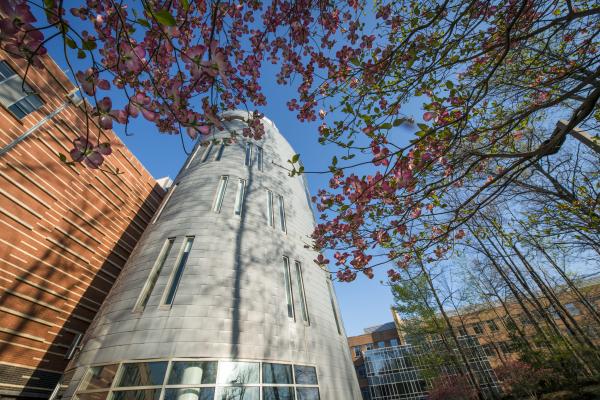
Quick Facts
1,000+
The observatory allows over 1,000 people every year to view the cosmos and learn from experts
32"
Our primary telescope is 32" in diameter, making it the second largest on campus telescope on the East Coast!
8
Reflective telescopes, and 1 radio telescope
Objects Captured by Students Using Our Equipment
All images of objects above were captured using our SBIG STX-16803 CCD with the appropriate filters. All images are property of Mason, please contact us for usage permissions.
